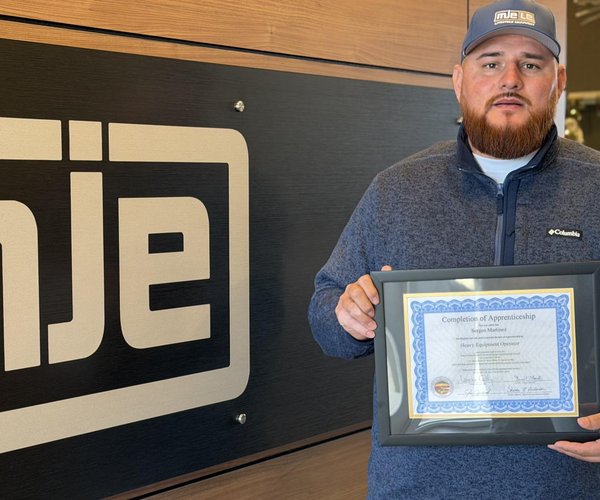The drought monitor report as of Tuesday, Oct. 8 shows a continued deterioration in drought conditions for the state. A small portion of Southeast Kansas has crept back into extreme drought conditions. Barton County is still entirely in moderate drought while Stafford and Pawnee counties lost the improvements from last week. The six to ten-day outlook (Oct. 15 to 19) indicates a 33 to 50% chance of leaning above normal for temperatures and a 40 to 50% chance of leaning below normal for precipitation. The eight to 14-day outlook (Oct. 17 to 23) indicates a 60 to 80% chance of likely above normal for temperatures and normal to slightly below normal for precipitation. Great for harvest but not the 2025 wheat crop. With an expected La Nina of unknown intensity, it doesn’t look promising for the foreseeable future.
Today’s topic is the necessity for agricultural production to change how we do things and adapt to a changing climate. This drought started in 2020 and we are almost to the end of 2024. Except for a few short periods of improvement, the drought is five years old and likely to continue. The Ogallala Aquifer is being significantly depleted in most areas and even areas like the aquifer in the Lower Arkansas River Basin are in trouble. Last weekend saw temperatures in the mid-90s with strong winds and if you were out and about, you say soil moving. The agriculture industry is facing a challenge far worse than the Dust Bowl. It’s not a matter of should ag adapt - but how.
Ag adapted dramatically after the Dust Bowl in a myriad of ways. It continued adapting with the advent of new technologies and practices still used today. It’s evident in the fact that during the last two droughts (including this one) we didn’t experience as much soil loss as the Dust Bowl even though conditions were worse. And while production has been down, the industry overall was able to produce crops. But as we enter what appears to be another year of drought and issues with declining groundwater, what’s next?
Like most challenges of this magnitude, there isn’t a one size fits all answer, even within Barton County. There isn’t space here to do more than make us think. It isn’t a question of will we keep producing crops and livestock but rather how we adapt. Several items to consider:
• We simply must find more efficient ways to store, conserve soil moisture and keep soil in place. Less tillage, residue cover, increasing organic matter levels, improving soil structure, and finding better ways to capture heavy rainfall events.
• Examining the best use of our land is paramount. Should some go back to rangeland for livestock, especially in areas dependent on a declining aquifer. Through genetic engineering and conventional breeding, conduct research to better adapt current crops or identify new crops to meet food, fiber, feed, and fuel needs.
• Determine the best way(s) to extend/maintain the life of our groundwater through a variety of ways from retiring water rights to new irrigation technologies and more water efficient crops to maintain the cattle industry.
• Finally, as a country, make a monetary commitment to solving the problems. The longer we wait, the more expensive it becomes.
Dr. Victor L. Martin is the agriculture instructor/coordinator for Barton Community College. He can be reached at 620-792-9207, ext. 207, or martinv@bartonccc.edu.





